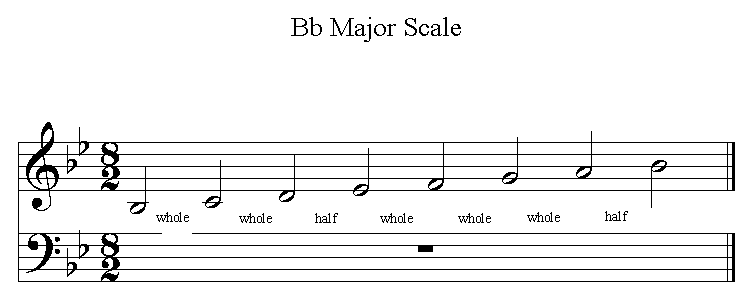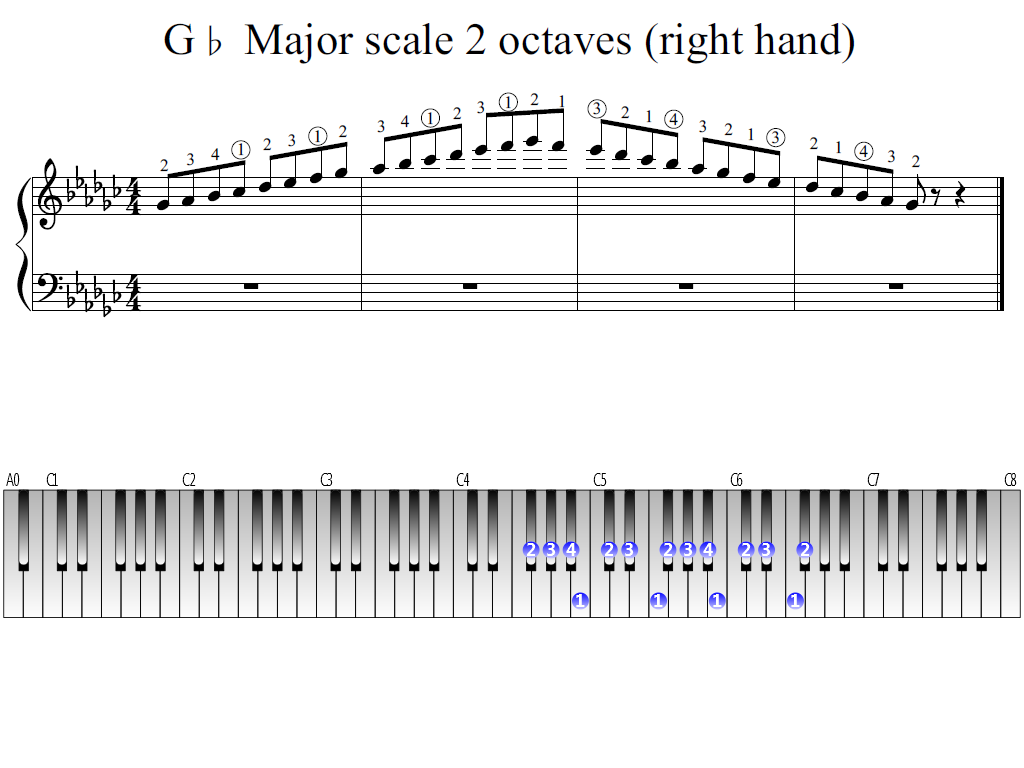

If a piece of music (or part of a piece of music) is in a major key, then the notes in the corresponding major scale are considered diatonic notes, while the notes outside the major scale are considered chromatic notes.

The ratio is 3/2 = 1.5 for a perfect fifth, for example from C to G on a major scale, and 5/4 = 1.25 for a major third, for example from C to E.Ī major scale may be seen as two identical tetrachords separated by a whole tone. The sound frequency doubles for corresponding notes from one octave to the next. Notably, an equal-tempered octave has twelve half steps (semitones) spaced equally in terms of the sound frequency ratio. Whole steps and half steps are explained mathematically in a related article, Twelfth root of two. Where "whole" stands for a whole tone (a red u-shaped curve in the figure), and "half" stands for a semitone (a red angled line in the figure). Whole, whole, half, whole, whole, whole, half The sequence of intervals between the notes of a major scale is: The intervals from the tonic (keynote) in an upward direction to the second, to the third, to the sixth, and to the seventh scale degrees of a major scale are called major. Structure The pattern of whole and half steps characteristic of a major scale

In Hindustani classical music, it is known as Bilaval. In Carnatic music, it is known as Sankarabharanam. The major scale has a central importance in Western music, particularly that of the common practice period and in popular music. Audio playback is not supported in your browser.


 0 kommentar(er)
0 kommentar(er)
